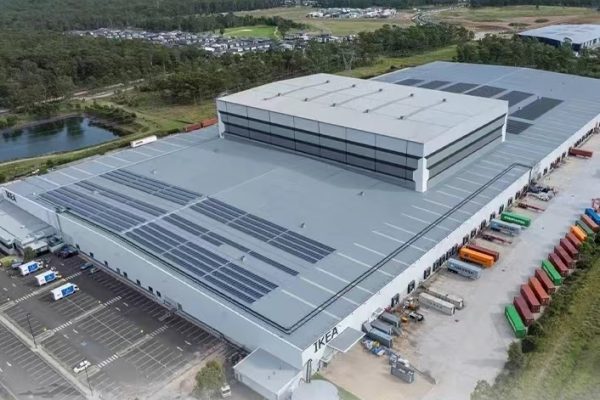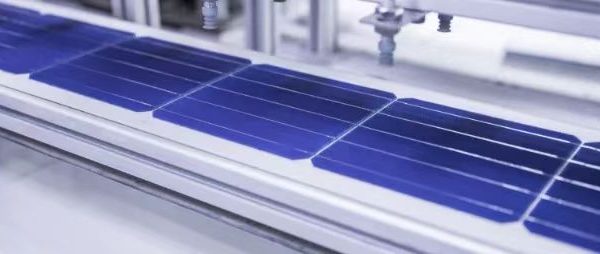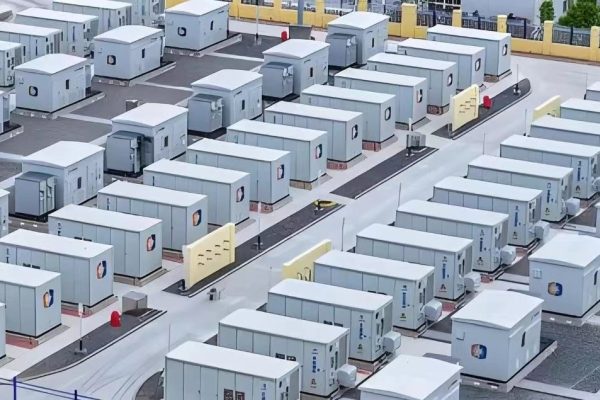Understanding the Rise of Li-ion Technology in Residential Energy Systems
1. Introduction
As solar energy adoption accelerates globally, more homeowners are investing in residential energy storage systems (ESS) to store excess PV energy for later use. Among available battery technologies, lithium-ion (Li-ion) batteries are rapidly emerging as the default choice for modern home storage systems.
This article explores why lithium batteries are becoming the standard, their technical advantages, cost trajectory, and what foreign trade partners or system integrators should know when sourcing Li-ion-based residential ESS products.
2. What Makes Lithium Batteries Different?
2.1 Chemistry Basics
Lithium batteries come in several chemistries, but the most common for home storage include:
- LFP (LiFePO₄): High safety, long life, thermal stability
- NMC (LiNiMnCoO₂): Higher energy density, widely used in EVs and some home batteries
Compared to traditional lead-acid batteries (including AGM or GEL), lithium offers:
| Feature | Lithium Battery | Lead-Acid Battery |
|---|---|---|
| Energy Density | High (up to 250 Wh/kg) | Low (~30–50 Wh/kg) |
| Cycle Life | 4000–6000+ cycles | 500–1000 cycles |
| Depth of Discharge | 80–100% | 50–60% |
| Maintenance | None | Requires water/top-up |
| Weight | Light | Heavy |
| Charge Speed | Fast | Slow |
3. Key Advantages of Lithium Batteries in Home Storage
🔋 1. Higher Usable Capacity
Li-ion batteries can discharge up to 90–100% of their rated capacity without damage. In contrast, lead-acid batteries are typically limited to 50% DoD to avoid shortened lifespan.
➡️ Result: Fewer batteries required = lower space and installation cost.
🛠 2. Long Cycle Life
A typical lithium battery can handle 4000–6000 full charge-discharge cycles, especially with LFP chemistry.
- For a system cycled once daily, this translates to 10–15 years of life.
- Lead-acid batteries may last 2–3 years under the same usage.
➡️ Lower total cost of ownership (TCO).
🚀 3. Compact and Lightweight
Due to high energy density, lithium batteries are smaller and lighter:
- Easier wall-mount installation
- Better suited for compact urban homes
- Safer during transport and handling
⚡ 4. Faster Charging and High Efficiency
Lithium batteries can be charged faster and at higher C-rates, often achieving 95–98% round-trip efficiency.
- Charge quickly during peak sun hours
- Lower energy loss = better solar utilization
🔥 5. Safety Improvements (Especially LFP)
Modern lithium batteries, especially LFP, are non-flammable, have built-in BMS (Battery Management System), and are tested for thermal runaway and electrical abuse.
➡️ Now considered safer than improperly used lead-acid batteries.
4. Falling Costs and Widening Availability
Over the last decade, the price of lithium batteries has dropped dramatically:
- 📉 From ~$1100/kWh in 2010
- ➡️ To ~$100–150/kWh in 2025 (for LFP in home systems)
This cost reduction has made lithium solutions:
- More affordable than ever
- Viable for mass-market adoption
At the same time, global supply chains—especially from China—have matured, making sourcing of high-quality LFP cells and modules easier for small and mid-size projects.
5. Integration with Modern Hybrid Inverters
Most new hybrid inverters are designed to work seamlessly with lithium batteries, especially 48V or high-voltage LFP modules.
Benefits include:
- Real-time communication via CAN/RS485 between inverter and BMS
- Dynamic charging profiles based on battery health and temperature
- Smart protection against overvoltage, overcurrent, or thermal overload
🔗 See also: How to Match a Battery Pack with a Hybrid Inverter
6. Common Use Cases in Residential Settings
| Scenario | Why Lithium Is Ideal |
|---|---|
| Daily self-consumption | High DoD + fast cycling |
| Backup power | Long shelf life + instant response |
| Off-grid homes | Robust cycles + high energy density |
| EV charger + PV setup | Compatible with smart energy management |
| Modular upgrades | Lithium systems are stackable and scalable |
7. Counterpoints: When Is Lead-Acid Still Used?
While lithium dominates new home storage, lead-acid may still be used when:
- Ultra-low upfront cost is the only concern
- Ambient temperatures are low (Li-ion needs heating or protection)
- Extremely simple, off-grid cabins with low discharge rates
However, even in these cases, small LFP batteries are quickly replacing lead-acid as costs fall further.
8. What Installers and Traders Should Know
If you are sourcing or selling residential ESS solutions:
✅ Prioritize:
- LFP battery modules with BMS + inverter protocol compatibility
- Brands with UL/CE/IEC certifications
- Modular systems (5kWh / 10kWh) that allow future expansion
- Flexible inverter ports (48V/96V/200V) and smart MPPT logic
⚠️ Watch Out For:
- Non-standard BMS protocols (difficulty integrating with inverters)
- Grey-market Li-ion cells repackaged with poor thermal design
- Over-promised cycle life or efficiency without real test reports
9. Lithium Battery Trends in Home ESS
🔮 Future Outlook:
- Smart ESS + EMS integration
- AI-driven load shifting + grid services
- Standardization of LFP-based “battery cabinets”
- Increased use of high-voltage (200–500V) battery stacks
The lithium battery is no longer a luxury—it’s the new normal.
10. Conclusion: Why Lithium Is the Residential ESS Standard
| Benefit | Impact for Homeowners |
|---|---|
| Longer lifespan | Reduced replacement frequency |
| High efficiency | More savings from solar |
| Compact design | Easy indoor/outdoor installation |
| Smart control | Future-ready energy management |
| Safety (with LFP) | Peace of mind + compliance |
For foreign trade companies and energy solution providers, understanding lithium battery tech is now core business knowledge, not just a technical bonus. Li-ion isn’t the future—it’s the now.









